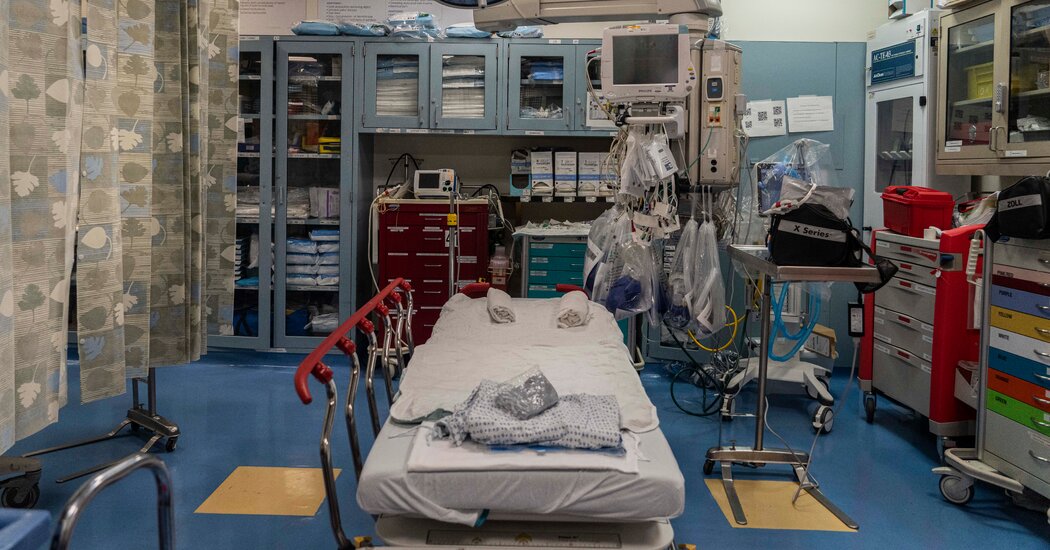If every emergency room in the United States were fully prepared to treat children, thousands of lives would be saved and the cost would be $11.84 or less per child, researchers found.
The morning after Phyllis Rabinowitz brought her newborn daughter home from the hospital, she knew something was terribly wrong. The baby, Rebecca, had thick mucus, trouble breathing and lethargy unlike anything Ms. Rabinowitz had seen in her first child.
But during multiple visits to the emergency room, doctors told Ms. Rabinowitz that Rebecca had a common cold and sent them home. At nine days old, Rebecca died; her parents learned from an autopsy that the cause was a viral infection that could have been managed had she been admitted.
More than 80 percent of emergency departments in United States hospitals are not fully prepared for pediatric cases, a new study finds, despite the fact that children make up about 20 percent of visits each year.
The new analysis, published Friday in the journal JAMA Network Open, estimated that if every emergency department in the United States had the core features of “pediatric readiness,” more than a quarter of the child deaths that follow E.R. visits could be prevented, a figure that equates to thousands of young lives each year.
Even in the most ill-prepared states, the cost to ready every emergency room would be less than $12 per child living there, the researchers found.
“You can now find your state and see: How many children who would otherwise die could we expect to save if we implemented universal pediatric readiness at a high level?” said Dr. Craig Newgard, who was the lead author on the paper, and is the director of the Center for Policy and Research in Emergency Medicine at Oregon Health & Science University.
